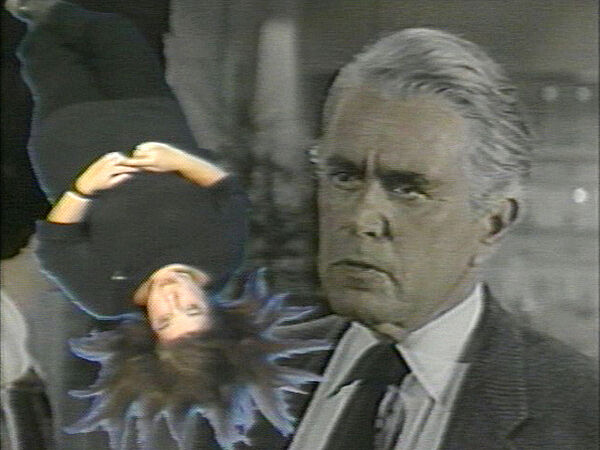Richard Serra
1938–2024
Throughout a career that has spanned nearly half a century and ranged across mediums such as sculpture, drawing, experimental film, video, and large-scale public art, Richard Serra has insisted that the elements essential to any work of art include the qualities inherent in the materials used and the process of its making. In 1968 Serra executed numerous sculptures comprised of manipulated lead. These works realize in three dimensions a set of written instructions the artist began compiling the previous year. The list, which includes the verbs “to scatter, to roll, to fold, to spill” as well as select nouns suggesting terms “of context, of tension, of gravity,” signals both the undertaking of these works and the conditions within which they exist. For example, the sculpture Prop enacts the verb in its title: a large, rolled-up lead tube props up a square lead sheet placed against the wall. Prop operates in the specific “context” of the museum gallery, suspended in a state of “tension” as the two elements resist “gravity.”
The drawings Serra has made since the early 1960s, executed in charcoal, lithographic crayon, or oil stick applied to paper, linen, or cut canvas affixed directly to the wall, operate not as preparatory sketches for his sculptures but as independent objects. Untitled, one of the first drawings he made using an oil stick (oil paint hardened with wax), features a densely applied black triangle inscribed within the rectangle of the white paper. Despite the variety of pigments and application techniques he has utilized in drawings that vary from sketchbook-sized renderings to large-scale, site-specific installations, Serra consistently works in black. The color, he has argued, “is a property, not a quality,” one that allows him to explore the relationship of forms both to and in space.
Introduction
Richard Serra (November 2, 1938 – March 26, 2024) was an American artist known for his large-scale abstract sculptures made for site-specific landscape, urban, and architectural settings, and whose work has been primarily associated with postminimalism. Described as "one of his era's greatest sculptors", Serra became notable for emphasizing the material qualities of his works and exploration of the relationship between the viewer, the work, and the site.
Serra pursued English literature at the University of California, Berkeley, before shifting to visual art. He graduated with a B.A. in English literature from the University of California, Santa Barbara, in 1961, where he met influential muralists Rico Lebrun and Howard Warshaw. Supporting himself by working in steel mills, Serra's early exposure to industrial materials influenced his artistic trajectory. He continued his education at Yale University, earning a B.A. in art history and an M.F.A. degree in 1964. While in Paris on a Yale fellowship in 1964, he befriended composer Philip Glass and explored Constantin Brâncuși's studio, both of which had a strong influence on his work. His time in Europe also catalyzed his subsequent shift from painting to sculpture.
From the mid-1960s onward, particularly after his move to New York City in 1966, Serra worked to radicalize and extend the definition of sculpture beginning with his early experiments with rubber, neon, and lead, to his large-scale steel works. His early works in New York, such as To Lift from 1967 and Thirty-Five Feet of Lead Rolled Up from 1968, reflected his fascination with industrial materials and the physical properties of his chosen mediums. His large-scale works, both in urban and natural landscapes, have reshaped public interactions with art and, at times, were also a source of controversy, such as that caused by his Tilted Arc in Manhattan, New York in 1981. Serra was married to artist Nancy Graves between 1965 and 1970, and Clara Weyergraf between 1981 and his death in 2024.
Wikidata identifier
Q321245
Information from Wikipedia, made available under the Creative Commons Attribution-ShareAlike License . Accessed December 19, 2025.
Introduction
American sculptor.
Country of birth
United States
Roles
Artist, painter, sculptor, video artist
ULAN identifier
500029327
Names
Richard Serra
Information from the Getty Research Institute's Union List of Artist Names ® (ULAN), made available under the ODC Attribution License. Accessed December 19, 2025.













